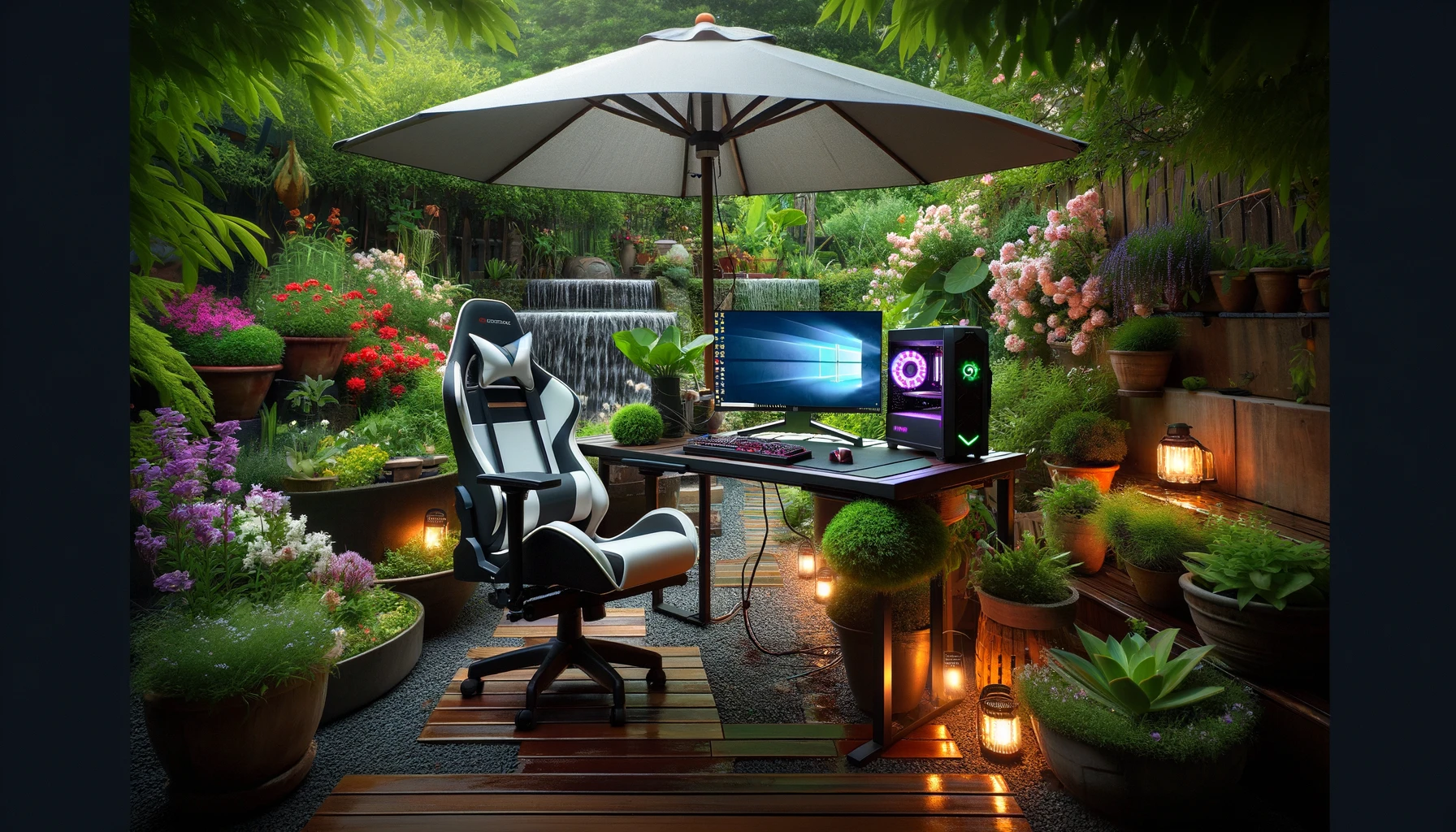The ideal gaming handheld is a device that meshes top-notch hardware with a user-friendly interface, ensuring a seamless gaming experience. While personal preferences vary, the consensus leans towards a gadget that offers the power of a conventional gaming console and the portability of a smartphone. This combination would support a vast array of games, from indie to triple-A titles, while providing a consistent, reliable user experience.
Discussions on gaming handhelds have been ongoing for years, with debates focusing on the balance between power and portability. Historically, companies have experimented with various designs and functionalities, striving to find the right mix that would appeal to both casual and hardcore gamers. The evolution of technology has allowed for more sophisticated systems that can cater to the demanding needs of modern gaming while still being light enough to carry around.
What Are Gamers Seeking?
Gamers are always in pursuit of devices that can provide a robust gaming experience without sacrifice. They crave hardware capable of running high-fidelity games effortlessly, combined with a software ecosystem that supports a wide range of gaming libraries. The search for a device that can deliver both without compromising battery life or overall performance is the crux of the handheld gaming conversation.
How Do Current Devices Compare?
The market currently offers a spectrum of devices, each with its own strengths and limitations. Some prioritize graphical prowess and raw power, while others focus on ergonomics and battery life. However, none seems to fully capture the ‘ideal’ that blends these elements harmoniously. The quest for the perfect handheld gaming device is a balancing act between competing priorities.
Are There Innovations on the Horizon?
In a recent study published in the Journal of Interactive Media, “Towards a Better Understanding of Handheld Gaming Systems,” researchers examine the user experience of handheld gaming devices. They highlight the importance of an intuitive user interface and the ability to support a diverse range of games as key factors for user satisfaction. This study underpins the notion that the future of handheld gaming depends on innovations that address these core requirements.
Information of Use to the Reader
– A successful device must provide long battery life alongside high performance.
– Ergonomic design is crucial for prolonged gaming sessions.
– Cross-platform compatibility could be a decisive factor for many gamers.
– Future devices should prioritize a diverse game library, including indie and AAA titles.
– Consumer feedback and user experience studies can guide the development of future models.
A comprehensive conclusion on the ideal gaming handheld points to a device that not only promises high-end gaming on the go but also delivers on user experience and game variety. To achieve this, manufacturers must pay close attention to the wishes of the gaming community, ensuring that upcoming designs are both powerful and practical. While current offerings show promise, they also highlight the gap between gamer desires and available technology. As technology evolves, the dream of a flawless handheld gaming device becomes more attainable. Until then, players continue to wait for a device that can perfectly balance the competing demands of power, portability, and playability.










